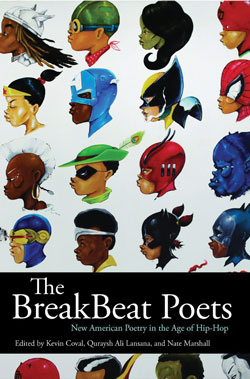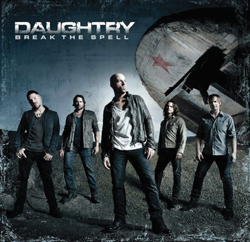Dozens of students, parents, faculty, friends and locals gathered in the Wilson Auditorium for a screening of 24 Frames, 24 Hours on Monday, February 15. This project was headed by Dr. Max Schleser, a visiting scholar from the Massey University in New Zealand, and involved students making brief documentaries on the Hurricane Sandy aftermath through the use of cell phone video cameras.
Schleser, whose academic focus is on mobile phone documentary making (or ‘mobile-mentaries’) guided 58 students to completion of the project through lectures as well as one-on-one sessions over the course of three weeks.
He also worked to develop the Mobile Innovation Network Aotearoa (MINA) app, which can be used to document where a photo is taken, as well as allow others to ‘like’ or comment on the images.
The event began at 6:00 pm with an introduction from Anne Massoni, specialist professor of art and design. “The Jersey shore is my adopted home, as it is for many of you,” she began. “What appears in these videos is a sense of pride, of strength, and that unbreakable bond that makes Jersey so strong.”
She also noted that Schleser would be making his own video based off of those created by the students.
After this, Schleser took the stand, saying how proud he was of the students involved. “I think we’ve achieved something quite amazing, quite extraordinary,” he said.
The idea behind the project was to make a two minute video on a mobile phone, beginning and ending with a demonstration of what time the video was taken. Some people showed a watch or clock while others showed a whistling tea kettle or a beer at last call to illustrate it more creatively.
The videos focused on many shore communities, including Belmar, Ocean Township, Leonardo, Sea Bright, Asbury Park and Ocean Grove, among others.
The montage began with a clip from Belmar, showing a concrete divider superimposed on various scenes of destruction, ending with a construction crew attempting to put the area back together.
The second video featured a monologue voiced over scenes of the Long Branch beach, which is currently separated from the city itself by a chain link fence. The speaker focused on how, despite the devastation, people are able to band together and rise again.
One of the more personal videos featured a construction worker from Union Beach by the name of Glenn. After his house was rendered ‘unlivable’ by Sandy, he chose to live out of a trailer in his backyard and personally rebuild his home one step at a time.
Glenn mentioned that his home may be torn down despite his efforts, but that he is most frustrated by FEMA’s repeated attempts to deny him financial compensation.
Another such story featured a student who had been living with her grandparents and taking care of her grandfather when the storm hit. She was promptly kicked out, though she was not told why, and lived out of her car until reconnecting with other relatives.
The video displayed was the first time the student had spoken with her grandmother since being evicted.
The final clip featured a woman reading a poem while scenes of destruction were shown in the background. She pointed out how devastated areas were treated like tourist attractions for those who were better off, and that she was bitter toward those who complained of not having power when she was without a home.
All of these videos can be viewed online by going to mina.pro/24f24h. On this site, which is currently undergoing renovation, you can see which videos were taken where by viewing an interactive map of the world. You can also click on them, playing them one-by-one or placing them in a series to view as one longer video.
The evening ended with a group photograph of Schleser, the students and their professors.
Marisa Sottos, President of the Photography Club, loved being a part of the project. “I thought it was really well done. Everyone did a fabulous job,” Sottos said. “You got a really broad understanding of how [Hurricane Sandy] hit Monmouth County on a personal level rather than the collective, as seen on the news. It was a good opportunity to work with an international artist and to work with various students.”
The University does try to get every student involved with experiential education, but few students have the chance to engage in a real-world, global project. The hawks who got to join the 24 Frames, 24 Hours program made a short film that any and every person on Earth can view. More opportunities are sure to come along, so be ready: you never know what opportunities may come your way.



